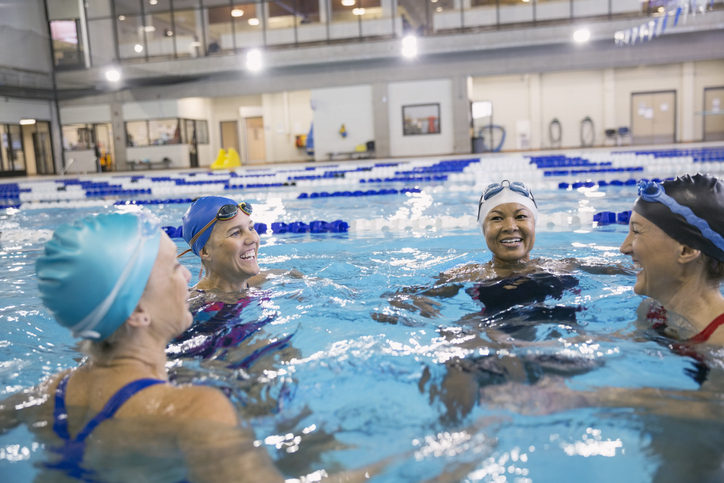Exercises for an Underactive Thyroid
Many women have thyroid problems at Menopause, and progesterone supports thyroid function, but could these ideas help too?

Women, especially those over age 50, are more likely to have issues with their thyroid and often the symptoms are missed because they are seen as just part of what you can expect at menopause.
Your thyroid is responsible for releasing hormones that control a huge amount of your bodily functions—it plays a role in regulating your mood, your weight, your fertility, and more.
So you can imagine that when your thyroid is not working, you may experience a range of unwanted side effects.
Two things can be helpful: progesterone which supports thyroid function, and exercise. If you have an underactive thyroid then exercise is probably the last thing on your mind.
After all, symptoms like fatigue, swelling, and joint and muscle pain don’t make you want to get up and go.
But experts say that physical activity can help you feel better.
What exercise will help?
If your condition is well controlled, you should be able to do the same physical activity as someone without a thyroid disorder, says John C. Morris, MD, professor of medicine and endocrinology at the Mayo Clinic College of Medicine.
But if you’re just starting an exercise plan or if you’re still dealing with symptoms, low-impact aerobic exercise and strengthening moves are best.
“Low-impact exercise doesn’t apply as much pressure,” says Norma Lopez, MD, an associate professor of endocrinology and metabolism at Loyola University Medical Center. “That’s key, since hypothyroidism can cause pain and swelling in your muscles and joints.”
Try these activities:
Walking: One of the easiest workouts to do. All you need is a pair of comfortable shoes. It gets your heart pumping and burns about 280 calories an hour.
Water aerobics: If you have swelling in your ankles or feet, some exercises may be painful. Water aerobics is a good option. The water holds you up and lowers the impact on your joints.
Yoga: This can stretch and strengthen your muscles. It also helps you focus on breathing. One study found that people with hypothyroidism had better lung strength after practicing yoga breathing for 6 months.
Tai chi: Described as “moving meditation,” this slow-motion form of martial arts is a proven stress-buster. Research shows it can help improve strength, balance, and mood.
Strength training: Whether you lift weights or use your body weight, building muscle helps you burn more calories even when you’re sitting still – and that can help you shed extra pounds. Strong muscles also help ease pressure on your joints.
What’s the point of exercise?
While medication such as Thyroxine is commonly prescribed, exercise can help some of the problems that come with hypothyroidism so definitely worth considering.
Helpful information
As you might expect, hormone balance plays a major part in dealing with your thyroid. Progesterone is the hormone that supports thyroid function so it’s well worth checking whether you need to supplement with it.
Want to know more about progesterone and thyroid? This article gives you a lot more information about that.


















